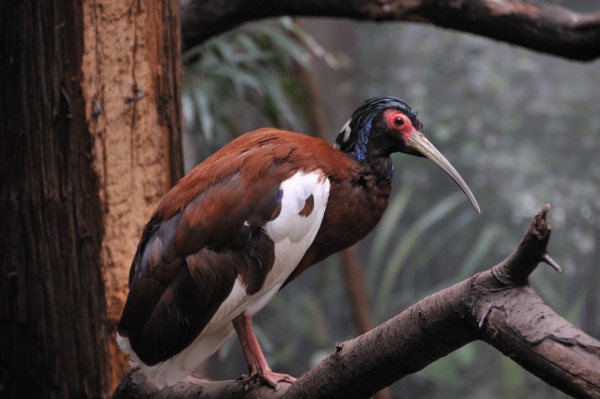Facts About Madagascan ibis
The Madagascan ibis, also known as the Madagascar crested ibis, white-winged ibis, or crested wood ibis, is a striking bird native to Madagascar. It is medium-sized and notable for its distinctive blend of brown plumage, red skin around the eyes, yellow bill, red legs, and white wings. One of its most unique features is the crest of green or glossy blue and white feathers on the back of its head.
This bird is the sole species in the genus Lophotibis. It was first described by the French naturalist Georges-Louis Leclerc, Comte de Buffon, in 1781, and later given its scientific name, Tantalus cristatus, by Pieter Boddaert in 1783. The Madagascan ibis resides in woodlands and forests, thriving at altitudes of up to 2,000 meters.
Measuring about 50 cm in length, the Madagascan ibis is among the largest birds in Madagascar's forests. Its upper parts are a rich rufous brown, while its underparts are darker. The crest of long feathers on its head contributes to its distinctive appearance.
In terms of diet, the Madagascan ibis is quite versatile, feeding on insects, spiders, frogs, reptiles, snails, and other invertebrates. For nesting, it constructs platforms out of twigs and branches, typically laying around three eggs.
Unfortunately, the population of the Madagascan ibis is declining. Habitat loss and overhunting pose significant threats, leading to its classification as a near-threatened species on the IUCN Red List.
